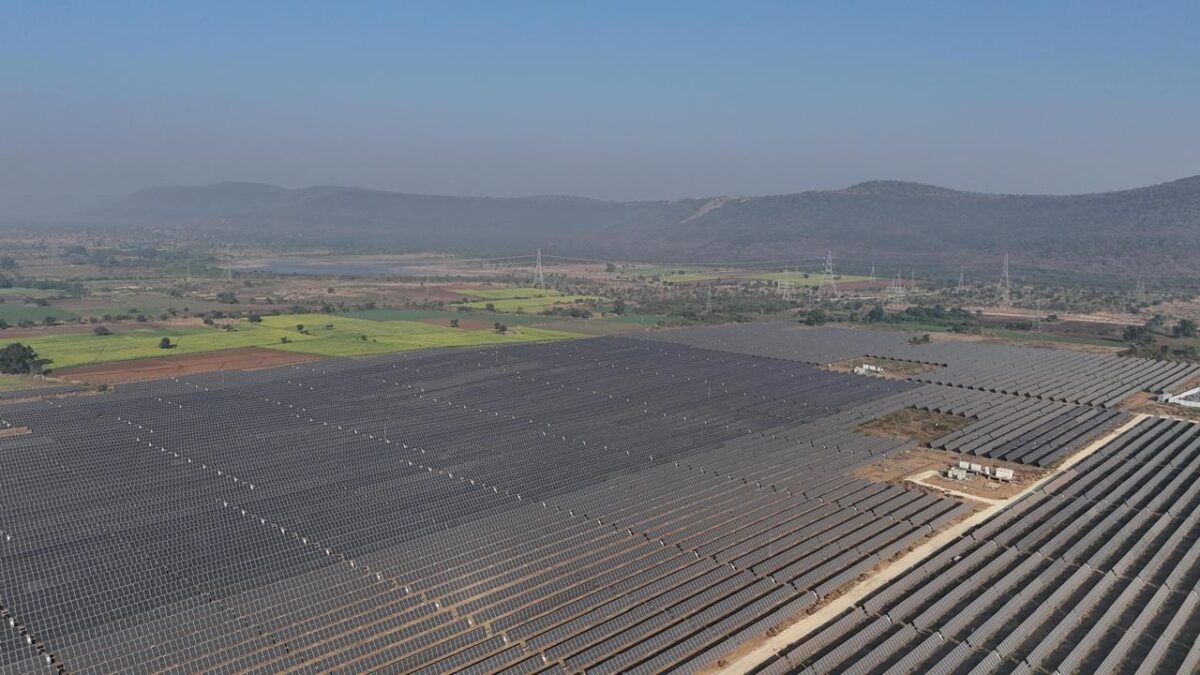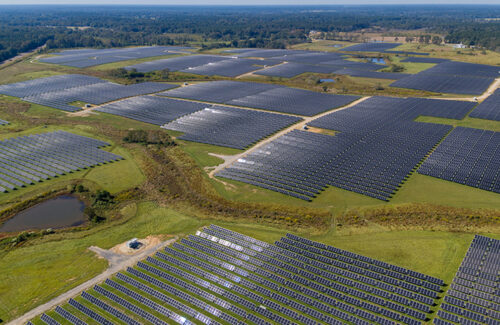While the growth of community solar is uncontested, the manner of its growth raises concerns. The market majority, for example, is clustered in only two states, and community solar, despite its expansion, represented not even 2% of US solar last year. For a program that’s perfect on paper, why does it lack a nationwide presence? Why has it yet to dominate the solar market? To answer these questions, a few key variables are worth consideration:
Policy
Community solar’s regional concentration has a clear culprit: regulation. Frequently, states pass protocol that hinder the practical success of community solar within their jurisdictions. This ranges from capacity caps to an undervaluation of solar credits. For developers, regulatory hoops and poor compensation rates can make participation infeasible. For customers, surcharges, disclosure forms, and other headaches make community solar simply not worth the hassle.
Theoretically, community solar can thrive anywhere – it’s just a matter of it being properly governed. Luckily, one could argue, with sixteen states and D.C. constructing community solar policies, the nation is expediting its trial and error process of what works best. By observing each other’s successes and failures, states accelerate the process of elimination as they pursue a legislative environment that welcomes a burgeoning market. Plus, with states battling to be the next hub for renewable energy, a little capitalist competition doesn’t hurt either.
Novelty
The introduction of community solar has provoked more skepticism than curiosity from consumers. This is not necessarily the fault of the program: Energy scams have given good reason for customers to be wary of products that promise savings. Compound this with the fact that many consumers are simply in the dark on solar, making them less likely to participate. The recent boom in solar viability is thwarted by preconceived notions that it’s expensive, inefficient, or hurtful to American jobs. These beliefs are misinformed, but they’re common, and combined with an offer than can seem too good to be true, some customers are simply unwilling to sign up.
The answer here is simple: effective (and accurate) marketing. A SEPA survey of over two thousand diversified residential consumers found that interest in community solar spiked from 14% to 47% once they were informed about the program. Results also found that consumers prefer accessibility, both to their subscription data and the solar farm itself. Essentially, community solar’s legitimacy needs proper representation. The more customers know about it, the more inclined they are to participate.
Management
The operation of a community solar program is, unequivocally, arduous. Challenges are mostly accredited to its unique three-party dynamic: the solar farm, the utility, and the customer. The complexity of updating and integrating management systems within this dynamic is a burden that has yet to be lifted. What we see today are clunky processes and manual interventions that are as prone to error as they are inefficiency. The industry will remain stymied until tech solutions can streamline and automate the cash and credit flow that is community solar.
Luckily, the early stages of those tech solutions are finding fertile ground. In Minnesota (a hot spot for community solar), Xcel provides a software portal that eases data transfer with developers. As the kinks are worked out, a system like this can evolve to minimize manual resources, using API to exchange data instantaneously with developer software. Perhaps better is the idea of a central administrator that consolidates community solar into a single database. Either way, technological innovation should be seen less as a challenge and more as an opportunity, whether for utilities or third-party software providers.
These challenges are intimidating, but they are by no means insurmountable. The fact that community solar continues to grow despite them is proof enough. These hurdles have clear solutions, and by addressing even one of them, the others become less of a threat. New policy, for example, mandating software will spur technological growth. That growth will streamline the customer experience and boost trust in the program. The fact that these obstacles are so interconnected is an advantage if they are addressed quickly, but a severe disadvantage if they are ignored.
Bottom line: Community solar is growing, but in the wake of a climate crisis, time is not a luxury. Whatever can be done to better foster clean energy programs, especially those that benefit vulnerable communities, should be done in earnest. Community solar shouldn’t settle. It should grow and evolve at a pace that leaves these problems far in the past. The sooner community solar becomes a household name, the better.







